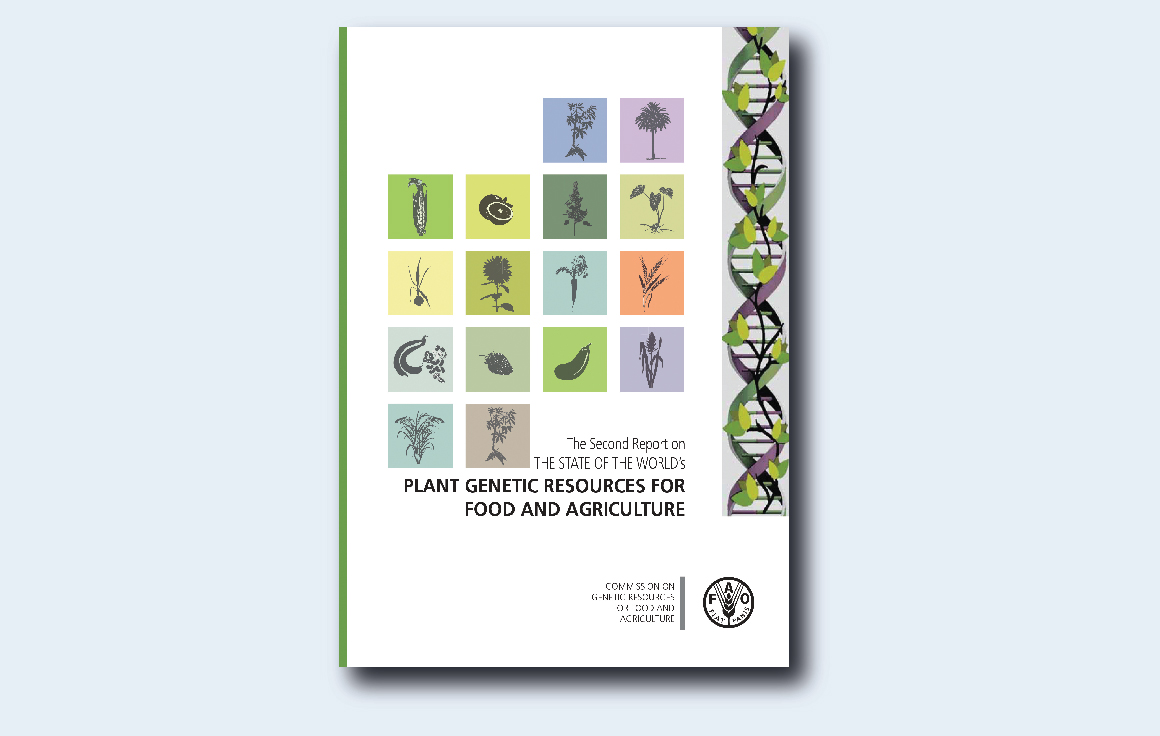Plant Genetic Resources
 Plant genetic resources underpin the ability of crop production to cope with changes, whether environmental or socio-economic. They are an integral component of agricultural biodiversity, as they are crucial for sustainable production intensification and ensuring the livelihoods of farmers.
Plant genetic resources underpin the ability of crop production to cope with changes, whether environmental or socio-economic. They are an integral component of agricultural biodiversity, as they are crucial for sustainable production intensification and ensuring the livelihoods of farmers. Plant genetic diversity also has the potential to provide traits that can help meet future challenges such as the need to adapt crops to changing climatic conditions or disease outbreaks. However, plant genetic diversity is threatened by “genetic erosion”, a term coined by scientists to describe the loss of individual genes and of combinations of genes, such as those found in locally adapted landraces. The main cause of genetic erosion is the replacement of local varieties by modern varieties. In addition, the introduction of commercial varieties into traditional farming systems often leads to a reduction in the number of varieties grown. Other causes of genetic erosion include climate change, the emergence of pests, weeds and diseases, environmental degradation, urbanization and land clearing through deforestation and bush fires.
Since its establishment in 1983, the Commission has helped coordinate and guide a series of critical international initiatives that have raised awareness of the erosion of plant genetic resources. It has spearheaded concerted policy-level efforts to promote conservation.
The Commission, the International Treaty on Plant Genetic Resources for Food and Agriculture and the Crop Trust contribute in different, but mutually supportive, ways to ensuring the conservation and sustainable use of plant genetic resources.
Key publications
Working Group on PGR
Publications
- Voluntary Guidelines for the Conservation and Sustainable Use of Farmers’ Varieties/Landraces
- Voluntary Guidelines for the Conservation and Sustainable Use of Crop Wild Relatives and Wild Food Plants
- Guidelines for Developing a National Strategy for Plant Genetic Resources for Food and Agriculture
- Genebank Standards for Plant Genetic Resources for Food and Agriculture






